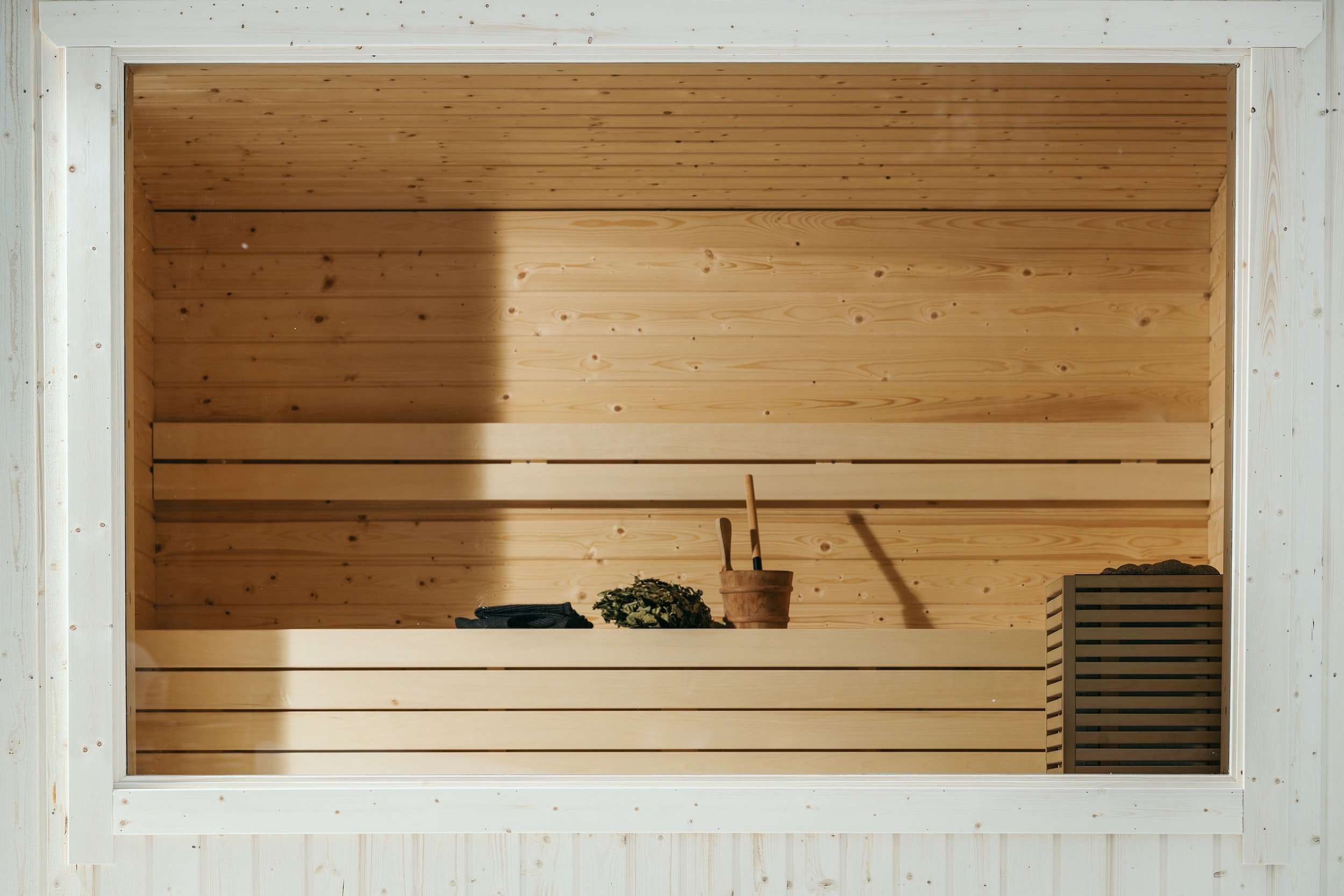
REACH OUT HERE
Contact Us
REACH OUT
Contact Us.
We want to hear from you! Have a project? An idea? Or even just a question?
Whether you have a complete job with site plans, or you just have a question about storing wine or the benefits of a sauna… we are here for you.
We love to help people, so please send us an inquiry.
Jeff Mathews
jeffmathews@inviniticellardesign.com
Seattle, Washington
Note: Architects and general contractors - Please download our PDF guides if you are building construction plans, manuals for permitting or internal best practices for a job.
FAQs
FREQUENTLY ASKED QUESTIONS
Please look through these Frequently Asked Questions to learn more about wine cellars and saunas.
Feel free to call us if you have any additional questions.
-
Below grade and in the northeast corner of your home is where to start. This location provides the least exposure to sunlight over the course of every season. It also provides the best potential for venting a cooling system if needed. If this locale is not available there are many other options to explore.
-
In the end, we are trying to create a capsule that restricts air flow and possible intrusion of outside factors. There are four key factors to ensure long-term wine storage:
Temperature: Temperature levels must be cool and consistent. A range of 55° to 62°F is considered acceptable with the optimum at 55°F. Higher temperatures promote faster aging but may cause alcohol separation. Cooler temperatures slow the aging process and may promote suspended deposits.
Variations in temperature may shrink or swell the cork, but they may also directly affect the organics in the wine. Gradual fluctuations by 10°F between seasons will probably not compromise your wine. Frequent fluctuations of this degree will negatively affect the aging process.
Humidity: For long-term storage a relative humidity between 60% and 80% is acceptable. A level of 65% at approximately 55°F is ideal. Lower humidity levels will dry the room side of the cork allowing air penetration and leaching of liquid toward the dry side. If oxygen comes in contact with the wine it causes rapid aging. High humidity levels will not harm the wine.
Light: Ultraviolet light accelerates aging in wine. This acceleration can cause a break down of some of the complex components and may produce pungent smells. Wine in a clear bottle is most susceptible. Wine in a dark bottle can be affected as well. Sparkling wines are the most sensitive to light and should be stored in the darkest part of your cellar. Incandescent or sodium vapor lighting are generally better for your cellar than fluorescent light sources, however, as long as light exposure is infrequent, it won’t have a negative impact on your collection.
Vibration: It is a factor that normally doesn’t present itself in residential wine cellars. However we want to be aware of cellar surroundings for possible intrusion. We are looking at furnaces, laundry rooms and motors from our own cooling units. Excessive vibration can disturb a wine’s sediment balance. Sediments are meant to fall out of wine and vibration could reintroduce them back in.
-
As a rule, it is best to store wine in a controlled environment. Optimum wine aging is acheived through consistent temperature and humidity levels. Refrigerated cellars can provide this over passive cellars. Geography (where you live) and placement within your home will present the necessary answer. Commercial applications will normally always require mechanical cooling.
-
The exhaust coming off a through-wall unit will be upwards of 90+ degrees. The cooling unit should be vented into a non-living space at least twice the size as the cellar itself and preferably with some cross ventilation or air change.
-
Yes, its great for storage but you may want to chill down for an hour before consuming.
-
If you are using a cooling system, you must insulate and install vapor barrier over concrete and stone walls. When the wine cellar walls are against a stone or concrete foundation the vapor barrier should still be used to prevent moisture from escaping cellar space.
-
In general, red wines are aging wines and whites are drinking wines. Actual maturation times for red wines depend on the type of grape, the quality of the vintage, and size of the bottle. Tannins, which come from the grape stems and skins, are the backbone of the aging process. Tannins produce a sharp, bitter taste, which over time will precipitate out of the wine allowing the other characteristics of the wine to come forth.
Red wines get their color from the grape skin where as white wines may not have contact with skin at all during the process of making the wine. Therefore red wines usually have a greater tannin content than whites and therefore are generally aged longer.
-
No, Wines stored on their sides will keep the cork moist and sediments will settle and even stick to the side of the bottle.
Wine is stored on its side so that the wine is in contact with the cork at all times, keeping the cork wet.
-
Wine bottles should be stored horizontally, keeping the wine in constant contact with the cork. A moist cork remains swollen, preventing air from reaching the wine. This reduces the risk of premature aging through oxidation, which occurs when oxygen reaches the wine, turning it to vinegar. Wine is stored on its side so that the wine is in contact with the cork at all times, keeping the cork wet.
-
First look at the location of the wine in the bottle. The bottle curves to the neck at the shoulder. When standing, a properly stored wine will fill the bottle to half way between the shoulder and the top of the bottle. Wines that are “low in the shoulder” have experienced evaporation and oxidization though the cork. This would indicate that the wine has prematurely aged. A cork that bulges beyond the top of the bottles is another indication of premature aging. This can be felt under the capsule. In fact, to a true oenephile, moldy wine bottles is an indication that the wine has been stored properly over the long-term. Too high a level degrades cardboard boxes and bottle lables.
-
The display angle on our wine racking is 15 degrees and is steep enough to keep the cork wet. As long as the wine is touching part of the cork, it will remain moist.

